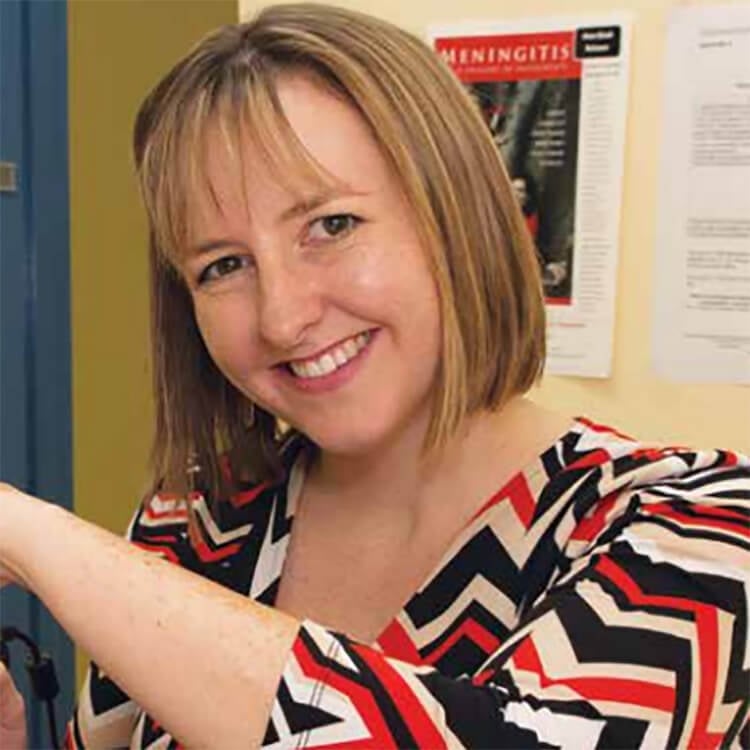Search
Research
The Staphylococcus aureus Network Adaptive Platform Trial Protocol: New Tools for an Old FoeStaphylococcus aureus bloodstream (SAB) infection is a common and severe infectious disease, with a 90-day mortality of 15%-30%. Despite this, <3000 people have been randomized into clinical trials of treatments for SAB infection.
Research
Trimodal skin health programme for childhood impetigo control in remote Western Australia (SToP): a cluster randomised, stepped-wedge trialSkin infections affect physical health and, through stigma, social-emotional health. When untreated, they can cause life-threatening conditions. We aimed to assess the effect of a holistic, co-designed, region-wide skin control programme on the prevalence of impetigo.
Research
Statistical considerations for the platform trial in COVID-19 vaccine priming and boostingThe Platform trial In COVID-19 priming and BOOsting (PICOBOO) is a multi-site, adaptive platform trial designed to generate evidence of the immunogenicity, reactogenicity, and cross-protection of different booster vaccination strategies against severe acute respiratory syndrome coronavirus 2 and its variants, specific for the Australian context.
Research
The Platform trial In COVID-19 vaccine priming and BOOsting (PICOBOO) booster vaccination substudy protocolCoronavirus-2019 (COVID-19) vaccination in Australia commenced in February 2021. The first vaccines recommended for use were AZD1222 and BNT162b2, both delivered as a two-dose primary schedule. In the absence of sustained immunity following immunisation, recommendations for booster vaccination have followed. It is likely that periodic boosting will be necessary for at least some Australians, but it is unknown what the optimal booster vaccines and schedules are or for whom vaccination should be recommended.
Research
An introduction to clinical trial designThis manuscript will give a brief overview of clinical trial design including the strengths and limitations of various approaches

Research
Predictors of pneumococcal carriage and the effect of the 13-valent pneumococcal conjugate vaccination the Western Australian Aboriginal populationThe PCV7 was introduced to prevent IPD in WA Aboriginal people in 2001 to a lesser extent in older people.
Research
Dose-Banding of Intravenous Piperacillin-Tazobactam in Pediatric Surgical InpatientsDosing errors are the most commonly reported medication error in children. Dosing is often prescribed per weight or based on body area.
Research
Timeliness and factors associated with rotavirus vaccine uptake among Australian Aboriginal and non-Aboriginal children: A record linkage cohort studyAboriginal children are at greater risk of rotavirus disease than non-Aboriginal children and delayed vaccine receipt is substantially higher
Research
Whither pertussis?This article discusses the rising prevalence of pertussis disease in countries which have switched to acellular vaccines.
